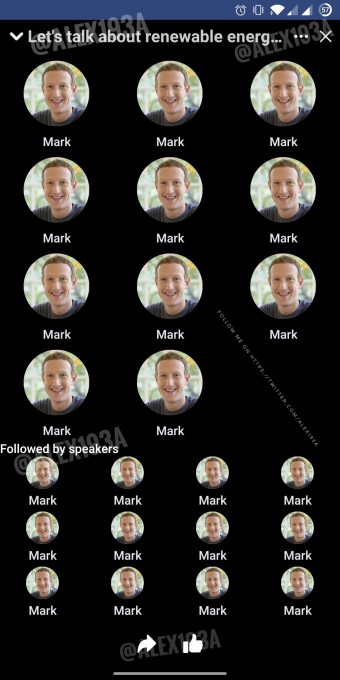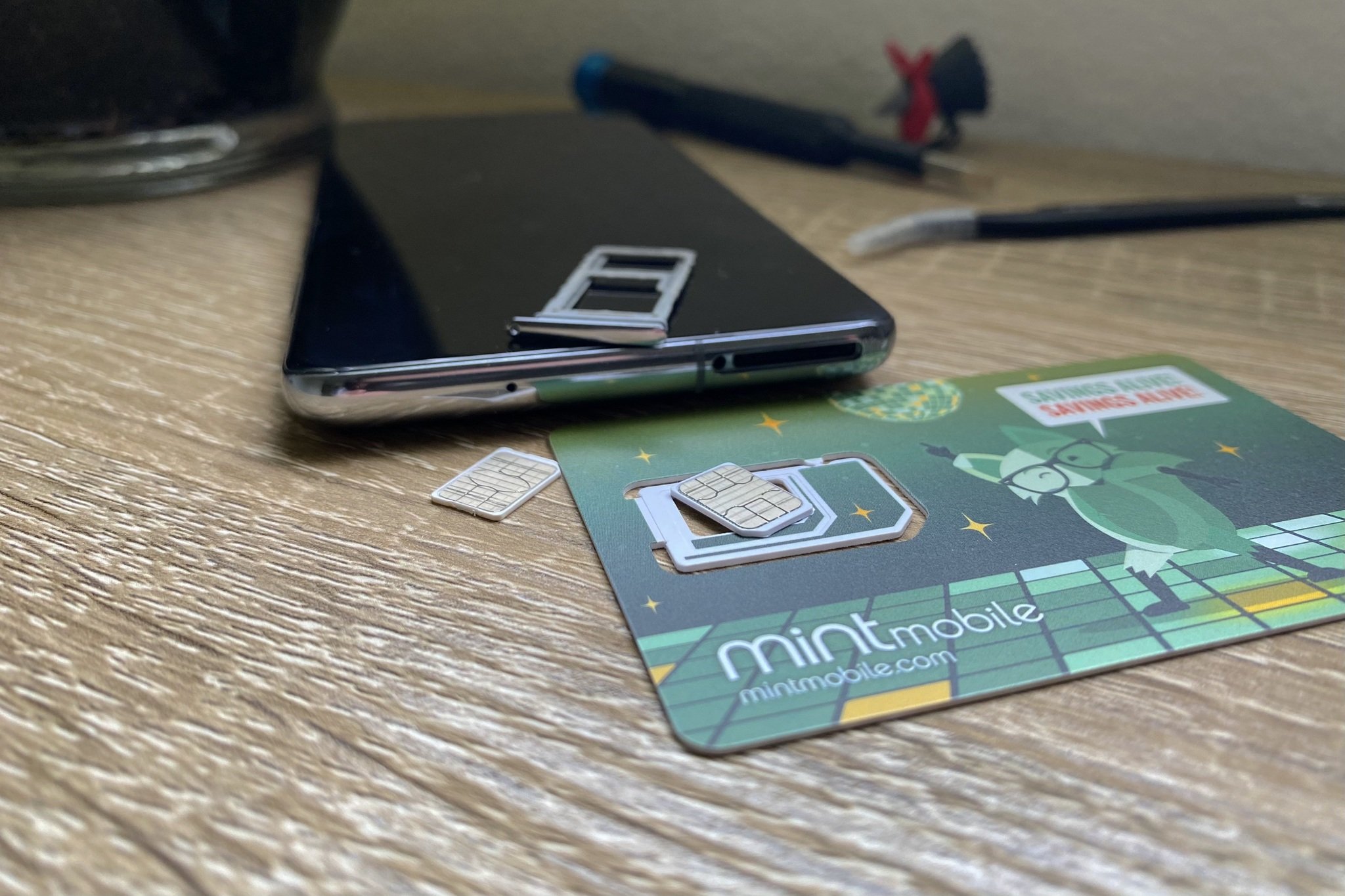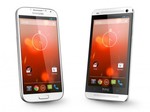Saying good-bye to LG smartphones and their spirit of innovation - Android
We all know things haven’t been great for LG over the last few years. While phones like the LG V60 have managed to carve out a place amongst the audiophiles in the Android space, it just hasn’t been enough. The company has seen too many flops like the LG G8, and pretty much every other ...
The post Saying good-bye to LG smartphones and their spirit of innovation first appeared on Phandroid.
We all know things haven’t been great for LG over the last few years. While phones like the LG V60 have managed to carve out a place amongst the audiophiles in the Android space, it just hasn’t been enough. The company has seen too many flops like the LG G8, and pretty much every other phone released in the last couple of years.
The early days
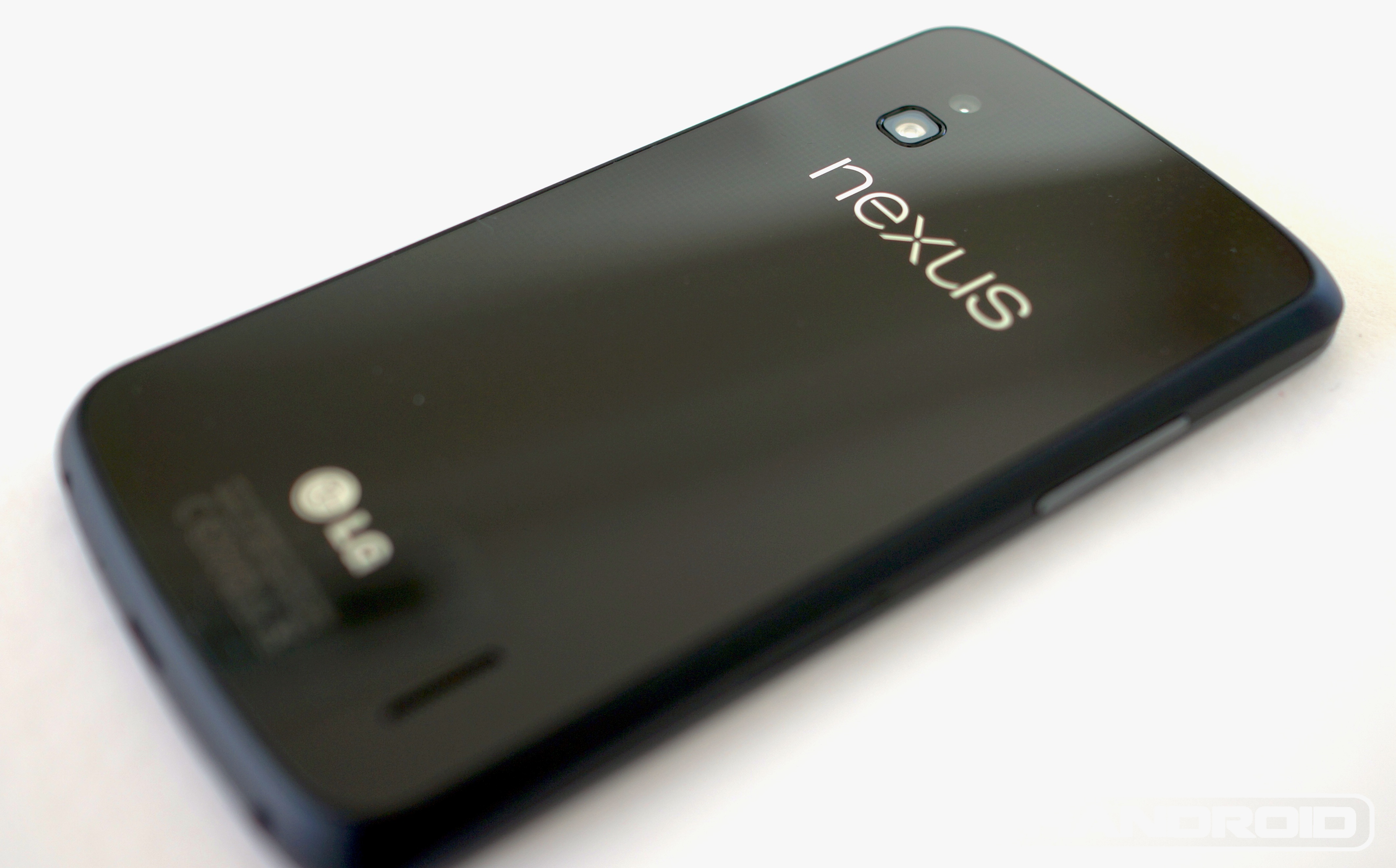
But LG will also hold a special place in my heart, as it helped nurture my love for Android at a weird time. See, my first Android phone was some HTC monstrosity that helped get me interested in the world of rooting. But seeing as Samsung was already one of the leaders in Android at the time, competing in the hay-day against the likes of Motorola, LG, and HTC, it was time to see what Samsung was all about.
It didn’t take me very long, but even phones like the Galaxy Note were practically unusable. TouchWiz left such a bad taste in my mouth that I reverted back to my iOS roots and left Android in the dust. Then, I decided to try things out again with the introduction of the Nexus 4. The phone had a big, beautiful display, and featured a compact design highlighted by the unique pattern on the back of the phone, and most importantly, it featured stock Android which was (and still is) my favorite version of Android to use.
Growing pains

The Nexus 5 was the logical next step here, and you really couldn’t have asked for a better phone. Google’s version of Android was still a dream to use, but the Nexus 5 was even bigger than its predecessor which was awesome. But the design. Oh man. That design was absolutely gorgeous. The matte finish on the back was a fingerprint magnet, but it was still extremely comfortable in the hand.
There was a lot to like about the Nexus 5, but there were just too many problems to keep using it for long-periods of time. Battery life was horrendous, and there was this weird issue where the camera wouldn’t always work when you needed it to. This is when I took another step back into the iOS world, but it wasn’t long before LG brought me back into the fold.
The LG G3 became my primary phone for a little while. The phone had a big, vibrant display, a removable battery, and a version of Android that didn’t make me want to rip my hair out, despite not being stock. As is the case with someone who has a knack for wanting to play with new phones as soon as they come out, the G3 lasted for awhile before I went onto something else.
Questionable missteps
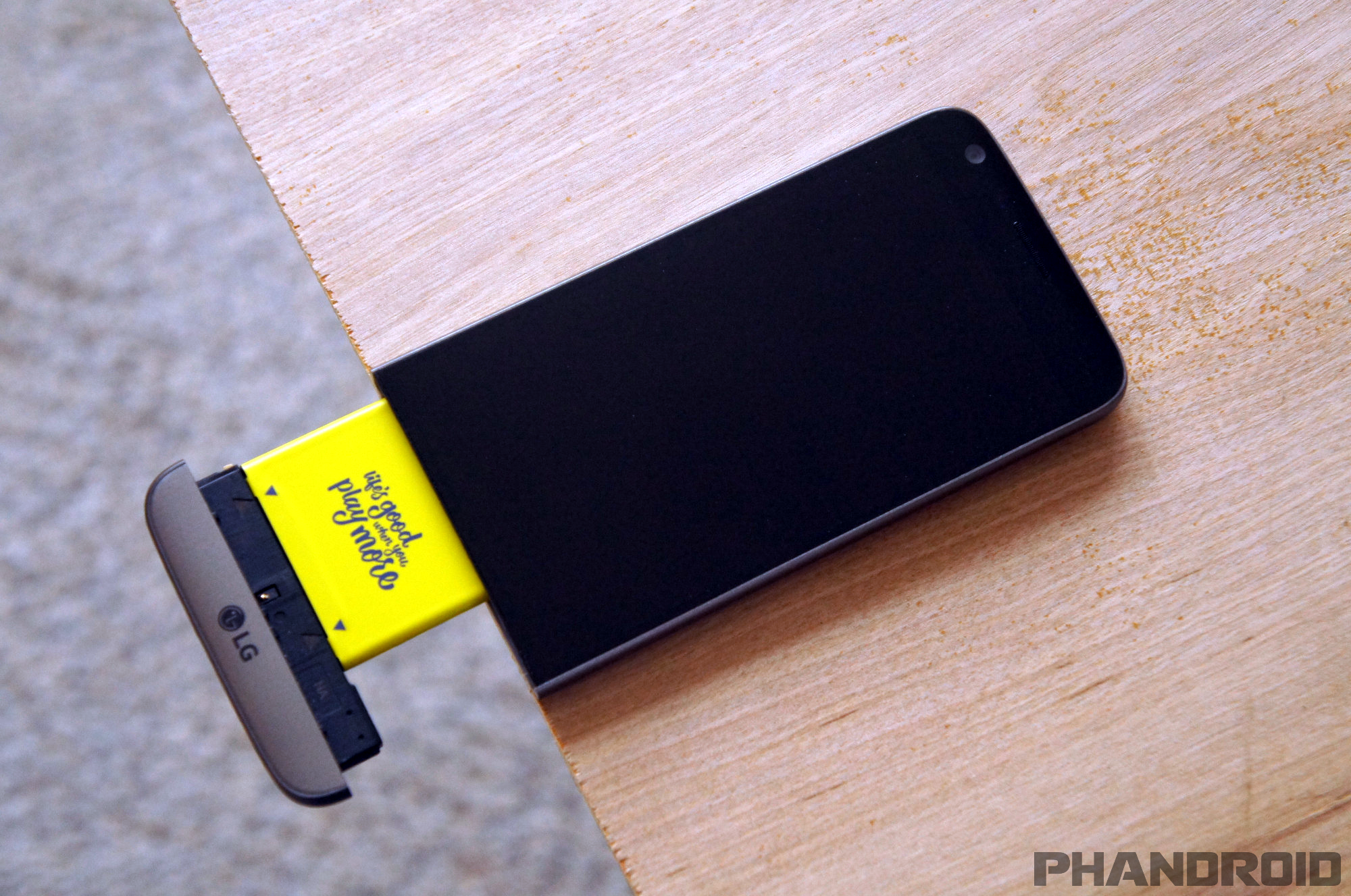
When looking back, the real turning point for LG began with the LG G5. This is a prime example of a fantastic idea with questionable execution. In an age where smartphones were relegated to having non-removable batteries, and being “stuck” with what you had, LG was trying to change the game with the G5 and its “Friends” modules.
There were modules for making your phone feel more like a camera with the CAM PLUS, which added a larger battery, along with physical keys for different camera functions. These included a zoom real, a focus button, and the shutter button, all while making the LG G5 a bit easier to hold if you were planning on taking a bunch of pictures.
This is also where LG attempted to bring high-quality audio to its G-series of phones with the Hi-Fi Plus. LG partnered with B&O for the module, which greatly improved upon the sound quality coming from your phone, while rivaling that of the built-in DAC found on the LG V10. LG even tried its hands at VR with the 360 VR and 360 CAM modules, both that fell kind of flat in practice. Which again, is a recurring theme over the last few years.
The fall-back

By now, you can see a pattern here. In the early days of my Android experience, LG was the company that I fell back to on a consistent basis. The phones weren’t perfect, and didn’t always have new or flashy features to set them apart from the crowd. But it was also thanks to LG which helped me discover my love for Nexus phones and stock Android on the whole.
Over the years, I have messed around with LG phones here or there, leading up to the LG G6. With ultra-slim bezels on the sides and a dual-camera setup on the back, I was sold. The 18:9 display was a dream to use, and the combination of glass and aluminum felt just as premium as the iPhone that I was accustomed to using. But it was also around this time that there seemed to be trouble in paradise.
Beginning of the end
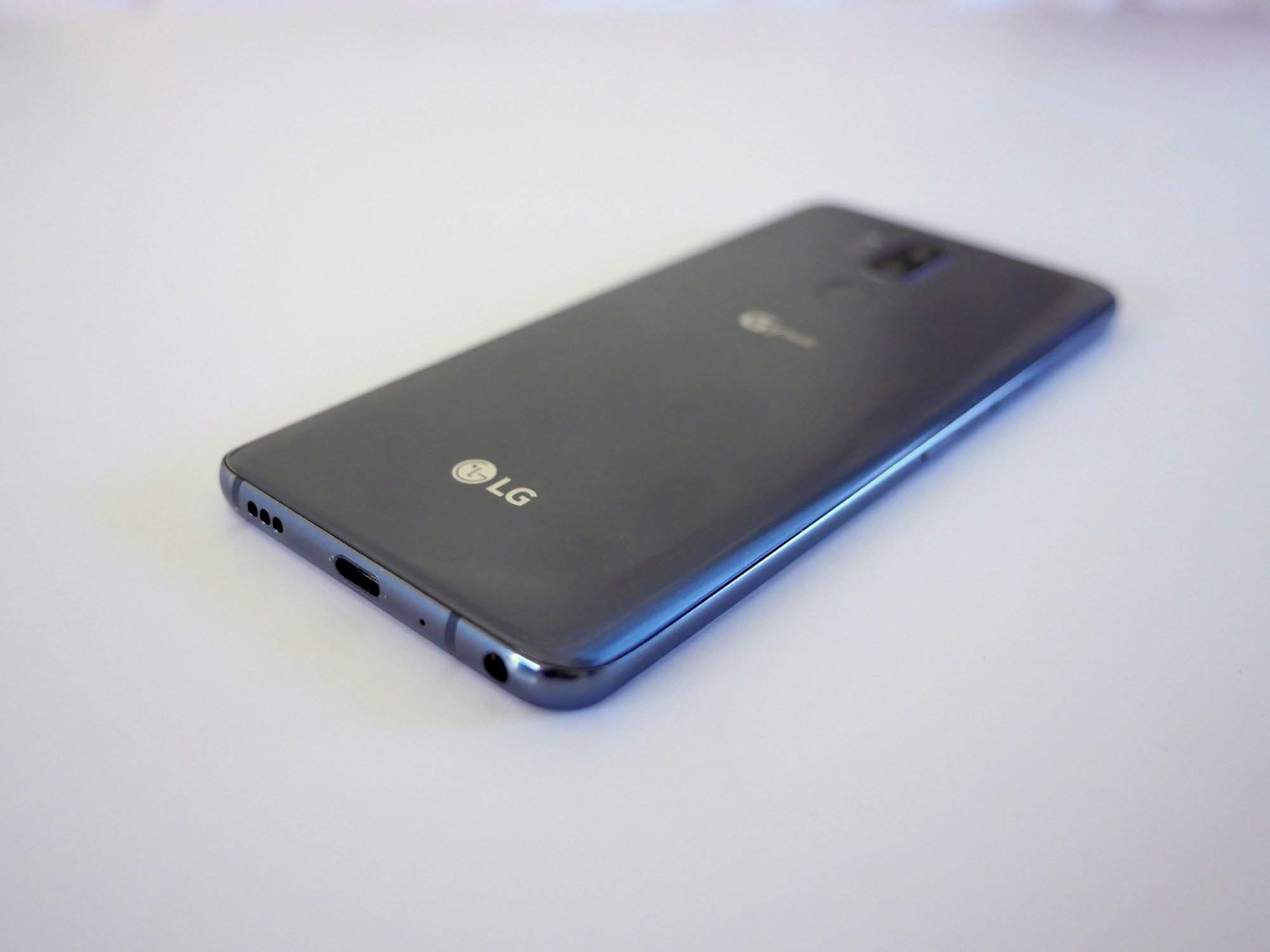
LG began posting big losses in its mobile division, headlined by losing more than $330 million in Q3 2017. LG’s other branches were doing just fine, which helped to keep the mobile division afloat, but times were changing, and LG continued to get beat out by the likes of Samsung, Motorola, and Apple.
Nevertheless, I stuck with LG through it all, and even upgraded from my LG G6 to the G7. The phone was one of the first with a near-bezel-less display, save for the little notch at the top. A notch that is still smaller than Apple’s 2020 iPhone 12 line.
Part of the problem that sealed LG’s fate at the time was Samsung’s overdue decision to completely change the design of its Galaxy S series. The Galaxy S8 marked the first time we saw a Samsung device with almost no bezels on the front, and this trend continued with the S9 as it “beat up” the G7 from a design standpoint.
Trying but nothing could stick
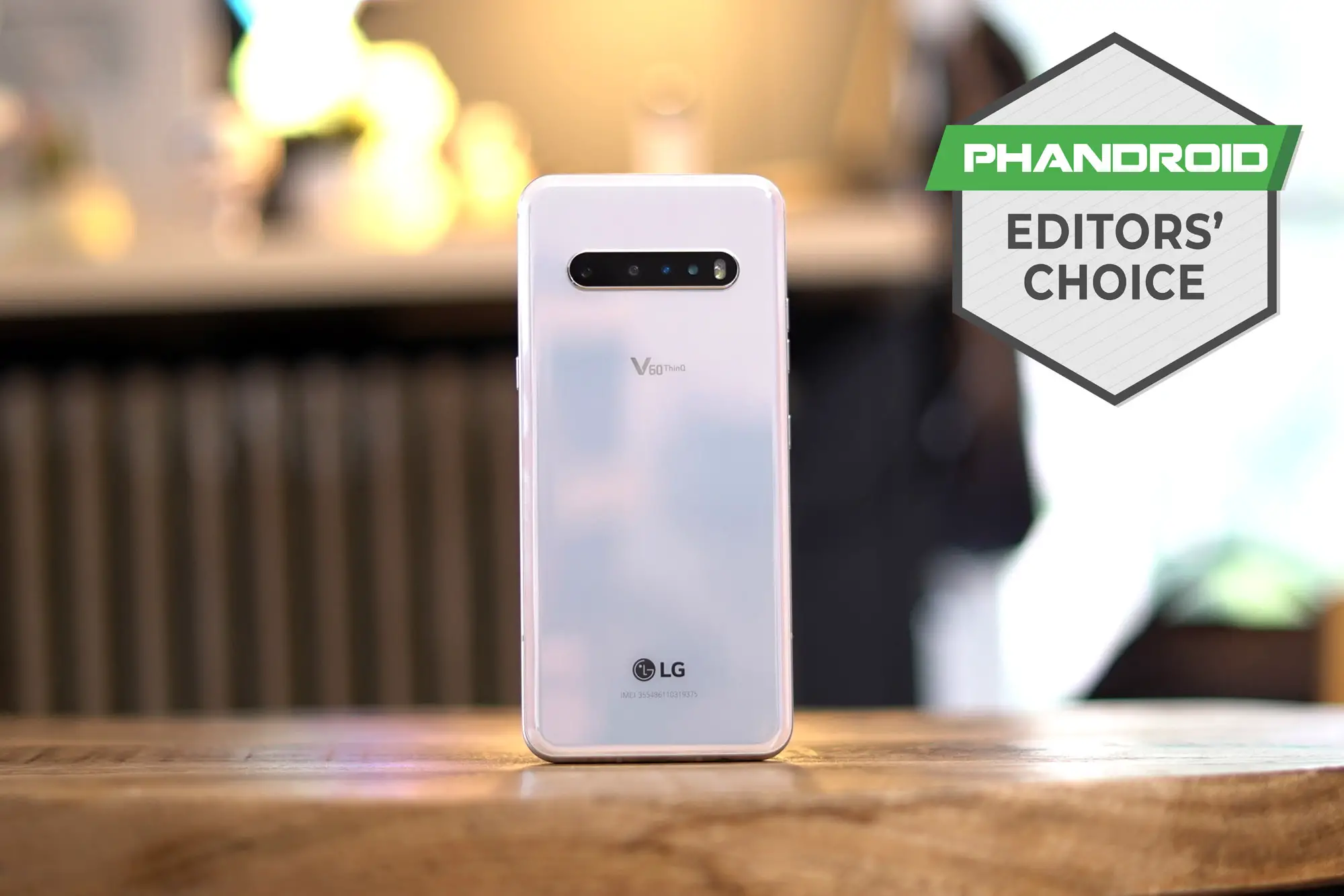
I must admit that throughout my on-and-off relationship with LG, not once have I had the chance to mess around with one of the V-series. Admittedly, that could be changing in the near future, as I would prefer to grab the V60 to use one, along with having the last flagship released by LG.
LG tried to pivot to making a “dual-display” phone, but this makes use of a case to add the second screen. It’s a neat concept but didn’t really seem to hit the mark for everyone. The company’s high-quality DAC was reserved for the V-series, helping to carve out a niche somewhere.

Seeing phones like the sleek and svelte LG Velvet was a nice change of pace, as the company tried its hand at a mid-range smartphone. But then, the LG Wing tried, and failed, at bringing another unique design that never caught on. Instead, Samsung’s massive Galaxy Fold and the Galaxy Z Flip retained all of the attention for those who want unique designs.
LG has even shown off its rollable phone concept, which was aptly named the LG Rollable. But since then, it’s just all been downhill from there. Posting massive losses quarter after quarter, and year after year has finally caught up to the company. Now it seems that LG can’t even find a buyer for its mobile division, which means this is likely the end.
Thank you LG for everything you’ve done and for being right by my side throughout my journey in the world of Android.
The post Saying good-bye to LG smartphones and their spirit of innovation first appeared on Phandroid.
27/03/2021 02:00 PM
These are the best cases for your brand new Pixel 4a 5G!
27/03/2021 09:00 PM
Top VPN apps for Android in 2021
27/03/2021 12:28 PM
Take advantage of OnePlus 8 Pro's wireless charging with these pads
27/03/2021 01:00 PM
Does my phone support VoLTE and will it work with Mint Mobile
27/03/2021 05:00 PM
Peacock is removing racist scenes from classic WWE matches
27/03/2021 07:36 PM
This is the most detailed picture of a black hole to date
27/03/2021 09:32 PM
- Comics
- HEALTH
- Libraries & Demo
- Sports Games
- Racing
- Cards & Casino
- Media & Video
- Photography
- Transportation
- Arcade & Action
- Brain & Puzzle
- Social
- Communication
- Casual
- Personalization
- Tools
- Medical
- Weather
- Shopping
- Health & Fitness
- Productivity
- Books & Reference
- Finance
- Entertainment
- Business
- Sports
- Music & Audio
- News & Magazines
- Education
- Lifestyle
- Travel & Local

